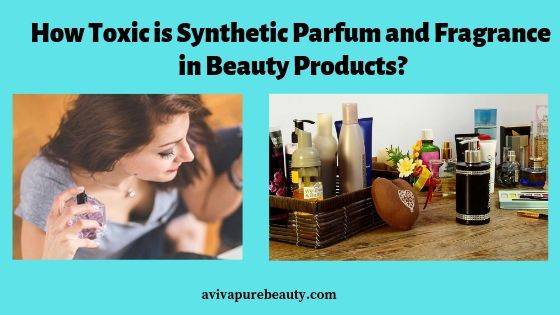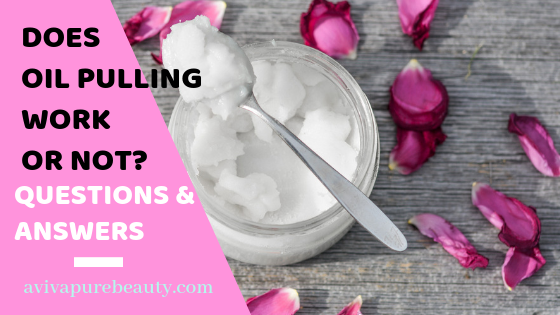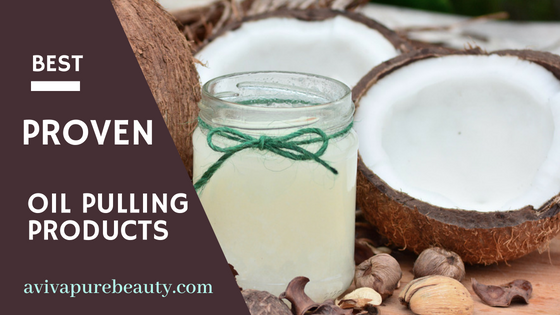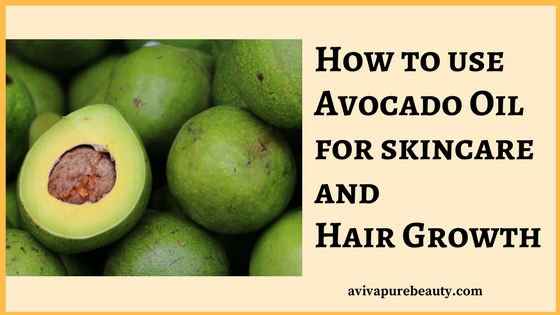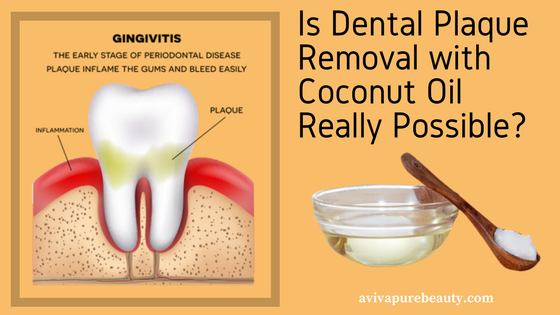
But who has always the time to get a teeth cleaning every 3 months? Or time to brush the teeth 5 times daily?
HOW DOES PLAQUE FORM?
Our mouth contains millions of bacteria, and when a sticky film builds around your teeth, you know that bacteria are causing it.
Because saliva, food and fluids combined, produce bacteria deposits that collect where the teeth and gums meet.
If this process goes on too long, the result will be plaque. There is nothing nice about plaque. It is an extremely sticky, colorless to pale yellow deposit of bio-film that regularly forms on your teeth.
TOOTH ENAMEL ATTACK
That nest of bacteria, this is in fact what plaque really is, contains unfriendly bacteria, which produce acids that attack your tooth enamel and can damage your gums. If not treated, the damage can get severe.
IF NOT REMOVED...
Plaque contains millions of bacteria that feed on the food and drinks you eat every day. If bacteria deposits from plaque on teeth aren’t removed through regular brushing and flossing, they can cause
- Tooth decay,
- Gum disease (gingivitis), and
- Tartar buildup (petrified plaque).
It is being said that you cannot completely evict bacteria from your mouth (some of the bacteria are actually good for you), but you can avoid plaque buildup with some important treatment that we will feature below.
Gingivitis is inflammation of the gums around the teeth. When do you know you have this inflammation?Symptoms of Gingivitis are
- Swollen gums
- Bright red or purple gums
- Gums become tender or painful to the touch
- Bleeding gums or bleeding after brushing and/or flossing
- Bad breath or also halitosis

NEXT STEP
Untreated Gingivitis is the starting point for a new disease which is called Periodontitis.
In this stage the tissue around the teeth will be destroyed accompanied by bone resorption. In a final stage the result is tooth decay until the tooth will have to be removed or will fall out.
TREATING GUM INFLAMMATION AND PLAQUE
Many other sources online recommend to
- Floss
- Use mouthwashes with harsh chemicals
- Use anti-bacterial fluoride toothpaste (again with harsh chemicals)
- Use electrical toothbrushes
- Avoid smoking and teeth staining beverages such as black tea
- Use mouthwashes that contain harsh chemicals such as chlorhexidine and hydrogen peroxid
- Regular teeth cleaning and deep cleaning
STILL PLAQUE IS A PROBLEM? HAVE YOU USED ALL THE ABOVE?
Remember, as mentioned earlier, preventing plaque is keeping the harmful bacteria away.
Let's look at the most EFFICIENT Plaque Treatment NOW:
It is OIL PULLING with UNREFINED VIRGIN COCONUT OIL
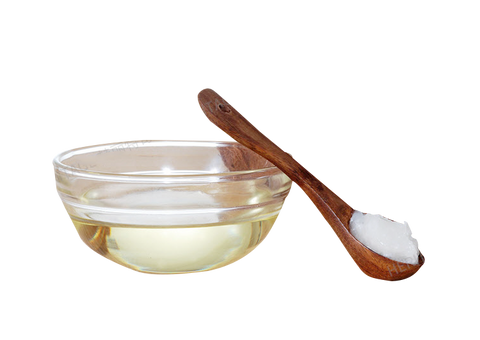
Maybe you have heard about oil pulling, maybe not. But Coconut Oil Pulling is used since centuries and was originated in the Ayurvedic medicine as a treatment for a healthy oral care
So Oil pulling is not a really brand new method to prevent tooth decay, gum disease and plaque and tartar building.
WHAT IS OIL PULLING?
It is basically swishing good unrefined organic coconut oil through your teeth and mouth for quite some time, starting from 5 up to 20 minutes and this daily.
You can think of it as an OILY MOUTHWASH but with far more powerful benefits!
The modern adaptation of oil pulling in Western nations such as the USA, has just began in the last 5 years. Now you may ask,
Why is this Simple Method of Coconut Oil Pulling so POWERFUL?
- Whitens teeth naturally without the necessity of using beaching substances
- Keeps the gums healthy
- Clears sinuses
- Helps with headaches and migraine
- Removes plaque and tartar from teeth
- Improves skin
- Reduces bad breath (Halitosis)
- Prevents tooth decay

The method of Oil Pulling is known in the USA since the 90s and had been recognized as a powerful method of detoxifying the body through the mouth.
Coconut oil expert Dr. Bruce Fife, author of "Oil Pulling Therapy", says
“Oil pulling is one of the most remarkable methods of detoxification and healing I have ever experienced in my career as a naturo-pathic physician.”
Why is Coconut Oil Pulling Removing Tartar and Plaque?
As we mentioned earlier, the mouth is a good place for many bacteria. One of them is the so called "Streptococcus Mutans" which is the one bacteria causing gum diseases followed by tooth decay.
Unrefined Virgin coconut oil (not other oils!) contain "lauric acid" which kills the harmful bacteria but nothing else.
So it is able to diminish the quantity of Streptococcus Mutans in the mouth tremendously.
A STUDY ABOUT OIL PULLING WITH COCONUT OIL
A study that we found in the Nigerian Medical Journal from 2015 tested coconut oil on 60 boys and girls of age group 16-18. Everyone of the candidates showed symptoms of plaque induced gingivitis.Oil pulling with coconut oil - no other oil - was done for 30 days as part of the daily oral care routine.
Plaque and gingival indices of the subjects were assessed at baseline days 1,7,15 and 30.
RESULT:
A statistically significant DECREASE in the plaque and gingivitis symptomes was noticed from DAY 7 and the scores continued to decrease during the period of the study.
This is what we call A SUCCESSFUL TREATMENT!
How to Use Coconut Oil Pulling
1. You can use Cocopull™, the leading manufacturer for oil pulling by using the convenient Cocopull packets (virgin organic unrefined coconut oil and organic peppermint oil) - 1 packet daily.
If you like you also can use 1 table spoon of liquid coconut oil.
2. Swish the oil slowly in your mouth for at least 5-10 minutes at the beginning, then increase to 15-20 minutes. Make sure to swish the oil at least for 10 minutes. The oil should reach every part in your mouth.
3. When done spit out in trash. Never swallow or gargle the oil! It is not intended to digest.
It is normal that the oil will become very thin and foamy when you swish with it.
4. Rinse your mouth with water.
5. Brush your teeth as usual with a fluoride free toothpaste.
Yes, doing oil pulling regularly will drastically reduce your costs for all the other substances that are recommended plus the teeth cleaning.
Hence Oil Pulling is a very inexpensive method that should become a part of your daily routine.


